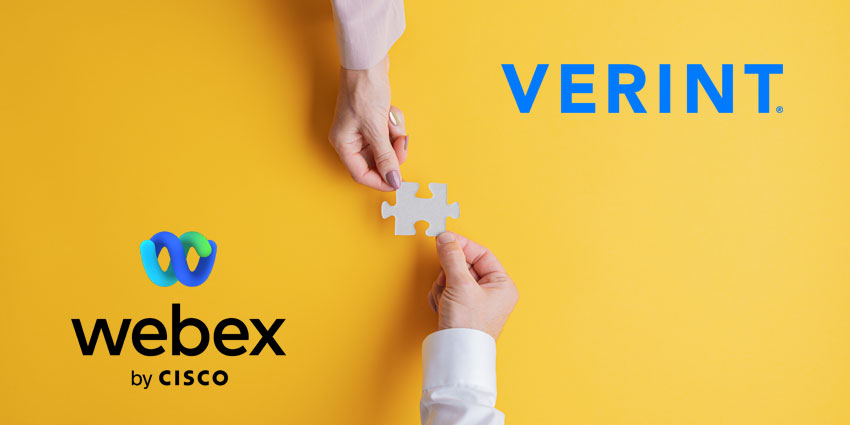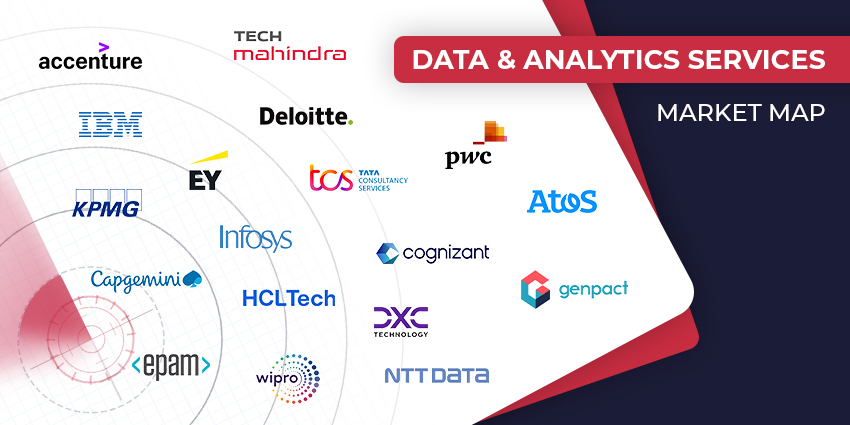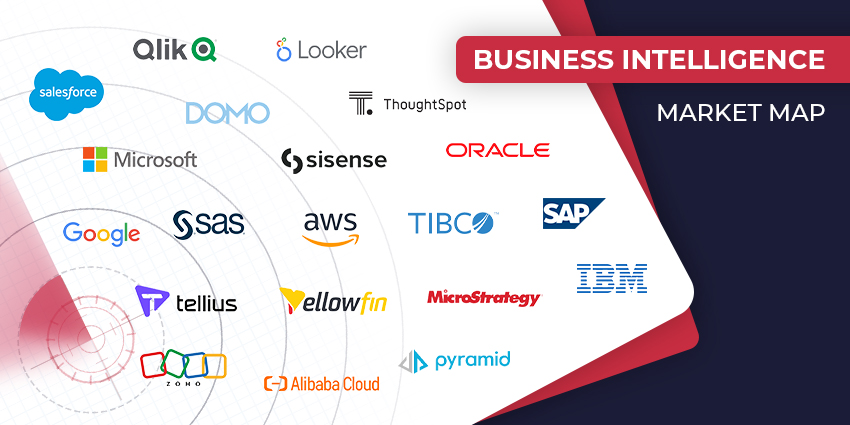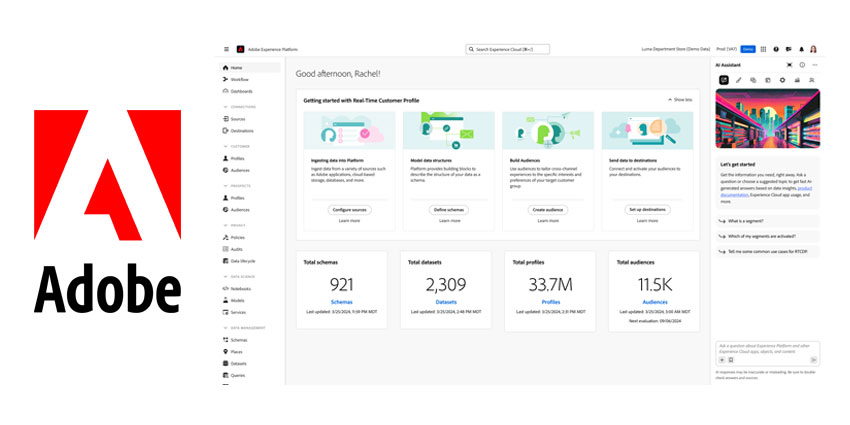Asynchronous communication between various CX applications has long been made possible by enterprise messaging solutions like IBM MQ and – more recently – Apache Kafka.
Developers might assume that these two technologies are interchangeable. However, once they scrape the surface, critical differences between IBM MQ and Apache Kafka come to light.
What is IBM MQ?
IBM MQ is a messaging middleware that integrates various business applications and data across multiple platforms faster and easier. It provides enterprise-grade messaging capabilities with a proven record for expertly and securely moving data.
Indeed, apps can communicate with the aid of IBM MQ. By transmitting message data via messaging queues, IBM MQ makes exchanging information easier for applications, services, systems, and files. This dramatically simplifies the process of developing and maintaining business applications.
Additionally, IBM MQ fits into several environments, such as on-premise, cloud, and hybrid cloud deployments, and is compatible with a broad range of computing systems. It also offers a global messaging backbone with a service-oriented architecture (SOA).
What is Apache Kafka?
Apache Kafka is an open-sourced, distributed streaming platform that enables the development of real-time, event-driven messaging and applications.
First created at the LinkedIn offices as a stream processing platform, Apache Kafka is now a notorious Scala-based decentralized data storage platform and open-source message broker.
As such, it allows developers to create applications that produce and consume various streams of data records.
Kafka allows users to swiftly transfer large amounts of streaming data between systems for data pipelines and in-the-moment analysis. Its messages are also kept on discs and replicated to prevent data loss.
IBM MQ vs Apache Kafka: Key Features
The following is a list of some of IBM MQ’s key attributes:
- A flexible messaging integration offers a single, reliable messaging backbone for diverse environments, from mainframe to mobile.
- Built-in security features to ensure that the data traveling between two applications is safe.
- Various operating modes, such as point-to-point, file transfer, publish/subscribe, and professional messaging features for reliably and efficiently transporting data.
- Scalability to add new applications – both online and offline – into a data flow.
The following is a list of some of Apache Kafka’s key attributes:
- The ability to handle large volumes of data streams with a guarantee of no downtime or data loss.
- High accuracy when handling data records, remaining fault tolerant.
- Integration simplicity through decoupling integration dependencies.
- Data gathering and location tracking features.
Systems can communicate asynchronously using IBM MQ and Apache Kafka, but they also include some unique characteristics that make them distinct from one another.
With pull-based communication, as Apache Kafka uses, the receiving system asks the producing system for a message. Apache Kafka is quicker than most conventional message queuing systems thanks to this mode of communication.
Businesses will also discover that Apache Kafka scales efficiently and has few performance dips as they add more nodes.
Lastly, Apache Kafka makes it simpler to log events than other solutions because it does not erase messages after the receiving system reads them.
With IBM MQ, a more conventional message queue system, any receiver can consume a message that an application pushes into the queue via push-based communication.
Additionally, IBM MQ has several advanced security and message-simplification features.
User Experience Differences Between IBM MQ and Apache Kafka
The two solutions offer slightly different user experiences to businesses. Although many Apache Kafka users would find the initial installation of Kafka manageable, others might find it challenging. Users of IBM MQ report that the first installation is mostly straightforward, but that group implementation and configuration necessitate high technical expertise.
Most users of both solutions are happy with their adaptability, stability, and capacity for handling large amounts of data. On the other hand, the lack of user-friendliness of the interfaces proves a challenge for some users. Some IBM MQ customers have also had trouble with its monitoring function.
Additionally, there are no costs associated with Apache Kafka since it is an open-source solution while IBM MQ is a paid platform. The number of client connections required determines its price.
IBM MQ’s customer support and post-purchase service is highly-regarded.
On the other hand, Apache Kafka provides paid assistance based on a subscription system, and there is a vibrant open-source community ready to help with queries or challenges.
Closing Thoughts
Although IBM MQ and Apache Kafka can serve as efficient message brokers, there are some drawbacks to be mindful of.
Apache Kafka scales well and may track events but lacks some message simplification and granular security features. It is perhaps an excellent choice for teams that emphasize performance and efficiency.
IBM MQ is a powerful conventional message queue system, but Apache Kafka is faster. Users should anticipate that messages in IBM MQ will take longer to finish and that utilizing it to log events will be more challenging.
As a result, enterprises that require granular customization capabilities and have complex IT infrastructures – which frequently transfer messages from one system to numerous other systems – should consider IBM MQ.
Interested in learning about IBM’s patented business intelligence system too? If so, check out our article: IBM Cognos Analytics: A Leading BI Solution







